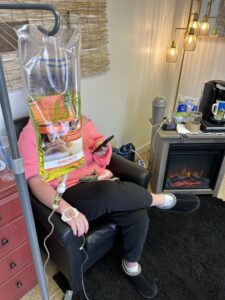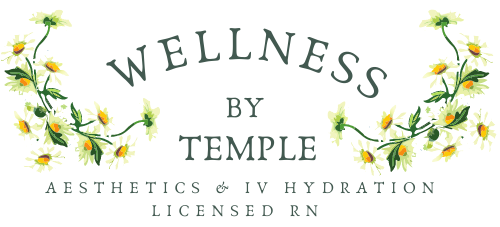BOTOX TREATMENTS
Botox is a brand name for a botulinum toxin type A that is used in medicine to treat a variety of conditions, as well as reduce wrinkles and fine lines.
Botox works by blocking the release of acetylcholine, a neurotransmitter that causes muscles to contract. When Botox is injected into a muscle, it prevents the muscle from contracting, which can help to relax the muscle and reduce pain or other symptoms.
Botox injections are typically performed by a nurse in an office. The injections are very small and cause minimal discomfort. The effects of Botox injections typically last for 3 to 6 months, after which time the injections may need to be repeated.
DERMAL FILLERS

Dermal fillers are injectable substances that are used to add volume to the skin, smooth out wrinkles, and improve facial contours. They are a popular non-surgical cosmetic procedure that can be used to address a variety of aesthetic concerns.
Dermal fillers are made from a variety of materials, including hyaluronic acid, collagen, and calcium hydroxylapatite. The type of filler that is used will depend on the area of the face that is being treated and the desired results.
Dermal fillers are injected into the skin using a small needle. The procedure is usually performed in an office and takes about 45 minutes to complete. There is some swelling and bruising at the injection site, but these side effects usually subside within a few days.
The results of dermal filler injections can last for several months to a year, depending on the type of filler that is used. Dermal fillers are a safe and effective way to improve the appearance of the skin and reduce the signs of aging.
IV HYDRATION

IV hydration, also known as intravenous hydration, is a medical procedure in which fluids and electrolytes are delivered directly into the bloodstream through a vein. It is used to treat dehydration, which is a condition that occurs when the body loses more fluids than it takes in.
IV hydration helps to replenish the body’s fluids and electrolytes, which can be lost through vomiting, diarrhea, fever, excessive sweating, or not drinking enough fluids. It can also help to improve symptoms of dehydration, such as fatigue, headache, dizziness, and muscle cramps.
A small needle is inserted into a vein in the arm or hand, and fluids are then administered through a tube. The amount of fluids and electrolytes that are given will vary depending on the individual’s needs.
IV hydration is a safe and effective way to rehydrate the body.
